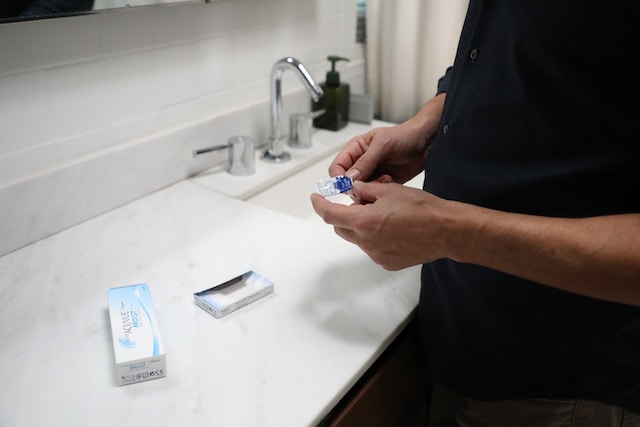Introduction: A nationwide recall of a prominent eye medication has raised significant concerns about the safety of pharmaceutical products and their potential risks. This article delves into the details of the recent recall, explores the underlying reasons behind the decision, and sheds light on the importance of consumer awareness and regulatory measures to ensure the safety of eye medications.
- The Recall: Heightened Alarm ClearVision Eyedrops, a popular over-the-counter eye medication, has been at the center of a recent recall. The recall was initiated by ClearSight Pharmaceuticals following a series of alarming reports of adverse effects associated with the product. Instances of severe complications, including vision loss and fatalities, have triggered widespread concern and the urgent need for action.
- Uncovering the Root Causes: The recall of ClearVision Eyedrops has prompted investigations to determine the underlying causes of the reported adverse events. Preliminary findings suggest the presence of a potential manufacturing flaw or contamination issue within the product. While further analysis is required to identify the specific nature and origin of the contaminant, these initial indications raise serious questions about product quality control and safety protocols.
- The Significance for Consumer Safety: The recent recall emphasizes the importance of consumer safety and the need for increased vigilance when it comes to eye medications. ClearVision Eyedrops were widely trusted and readily available, reinforcing the assumption that over-the-counter products are inherently safe. However, this incident highlights the potential risks associated with such medications and the necessity for stringent regulatory oversight to protect consumers from harm.
- Empowering Consumers: The Role of Awareness and Reporting: Consumer awareness plays a vital role in ensuring the safety of eye medications. Individuals using ClearVision Eyedrops or any other eye medication should be proactive in monitoring their own health and promptly report any adverse effects to the relevant authorities and the manufacturer. This collective vigilance contributes to the identification of potential risks and enables timely actions to protect public health.
- Strengthening Regulatory Measures: The recall serves as a call to action for regulatory bodies to enhance safety measures in the pharmaceutical industry. Stricter quality control protocols and rigorous testing procedures must be implemented to minimize the occurrence of adverse events. Regulatory agencies should also conduct comprehensive reviews of manufacturing processes and enforce robust oversight to ensure compliance with safety standards.
- Restoring Trust: The Responsibility of Pharmaceutical Companies: The recent recall underscores the responsibility of pharmaceutical companies to prioritize consumer safety above all else. ClearSight Pharmaceuticals, the manufacturer of ClearVision Eyedrops, must take immediate steps to address the concerns raised by the recall and rebuild public trust. Transparent communication, accountability, and proactive measures to prevent similar incidents in the future are imperative.
Conclusion: The recent recall of ClearVision Eyedrops due to reported adverse effects highlights the potential risks associated with eye medications. Consumer safety must be at the forefront of pharmaceutical practices, necessitating stricter regulatory measures and enhanced quality control. By empowering consumers through awareness, prompt reporting, and active engagement, we can contribute to the identification and prevention of potential hazards. Ultimately, the aim is to restore trust in the pharmaceutical industry and ensure the well-being of individuals relying on eye medications to maintain their vision health.




